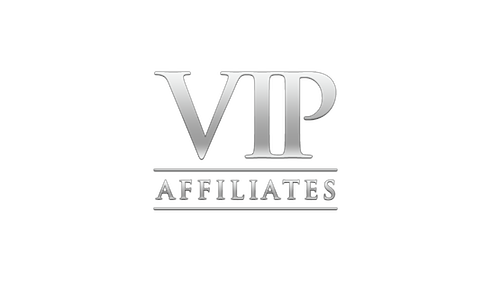The center of all this has been nofollow links. Or the lack of them to be precise. In order to be able to explain what a nofollow link is, first we should understand what a follow link is.
When a website gets an inbound link, it gains a boost towards its Google ranking helping the site get higher up in the search results - also known as the SERP. The more inbound links a website gets and the more reputable the website posting the inbound link is, the bigger a boost the linked-to site gets in terms of Google ranking. A link of this kind, which is counted towards the Google ranking of the site, is called a follow link.
 On the other hand, an inbound link which is NOT boosting a website’s Google ranking is called a nofollow link. Google simply ignores the link completely and it is seen as what it is; a link that gets the reader to a different website. The way a nofollow link is created is with a non follow HTML tag which looks like this:
On the other hand, an inbound link which is NOT boosting a website’s Google ranking is called a nofollow link. Google simply ignores the link completely and it is seen as what it is; a link that gets the reader to a different website. The way a nofollow link is created is with a non follow HTML tag which looks like this: <a href="http://www.website.com/"rel="nofollow">Text</a>
Prior to the introduction of nofollow links, websites - (blackhat) SEO minded websites in particular - were spamming the internet with follow links which would artificially make them rank higher on Google to an extent that blog comments and forums almost solely consisted of self-promotions and a massive amount of links. In 2005 Matt Cutts from Google and Jason Shellon of Blogger realized that something had to be done to stop the madness of spam, so they introduced the nofollow attribute which has helped limiting the link spam on the internet a great deal. Many blogs and forums don’t post follow link, while reputable websites like Wordpress and Wikipedia automatically assigns the nofollow link to all user-submitted links.

This takes us back to the controversy which we have seen in regards to guest blogging. When Matt Cutts on March 19 announced that Google “today took action on a large guest blog network” it quickly became common knowledge that he referred to MyBlogGuest, a guest blog network which had more than 73,000 users in 2013, with an average of 256 articles posted per day. Despite being against paying for links, as Ann Smarty who runs the site pointed out confirming that MyBlogGuest had been hit, it should not have come as a surprise to the blogging world.
Already in 2012 Matt Cutts warned against spammy and low quality guest blogging, and continued to do so until january 2014 where he announced that guest blogging is done due to the fact that it’s too spammy. Truth is that this could probably have been avoided by MyBlogGuest if they didn’t insist that links cannot be nofollowed. Even if they did have a lot of quality content from the guest blogging, the potential of link building for SEO is still there, and even though it’s all speculations on why MyBlogGuest actually got punished, a few spammy blogs with nofollow links is all it takes for the whole network to be affected by it. On top of the penalty to the actual network, many users received warnings and penalties despite not being directly responsible. Although it can be argued that anyone blogging and adding a follow link is responsible of artificially boosting its Google ranking.
The best advice there is for guest blogger is simply to stay on the safe site and nofollow your links. Yes, its a shame i you are a legitimate blogger and don’t get the credit you deserve from Google, but a nofollow link is not completely useless either. If the content is good enough, the nofollow link can still create traffic, and hopefully conversions, to the website. As for other ways to do SEO, social media activity is definitely to some extend affecting the SERP, while it is a good idea to have a look at these 4 effective SEO techniques for 2014!


